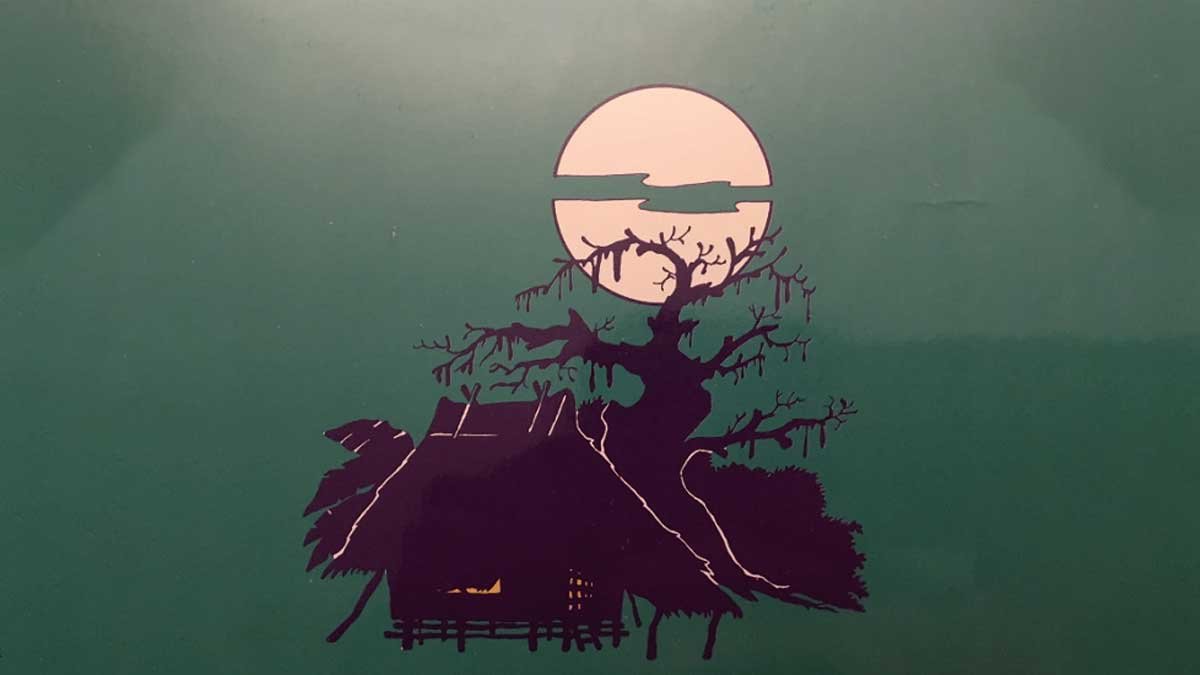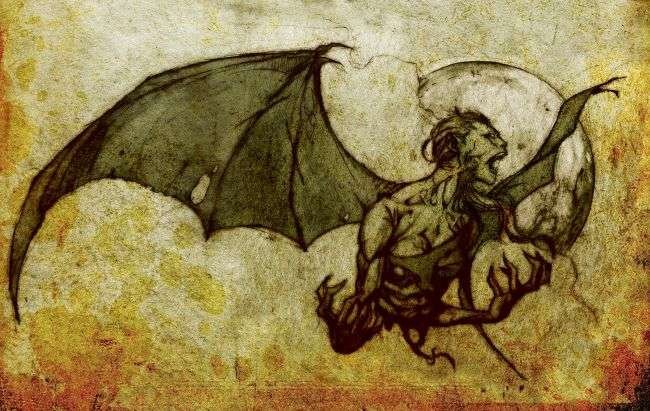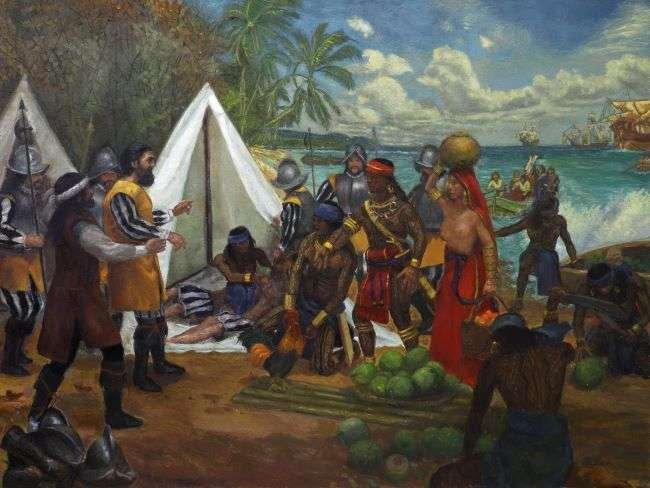The Legend of ‘Aswangs’ in the Philippine Culture

Every country has its own version of monsters. May it be the vampires, werewolves, mermaids, dragons, or the Kraken. As the Percy Jackson series is set to air in 2023 or 2024, it is time to know locally the legend of aswangs that make us come home earlier and keep us on guard. But where did this concept behind come from?
What is the aswang concept?
According to Maximo Ramos, there are five types of mythical beings that are identifiable with other monster creatures in the European tradition. These concepts and traits can be passed through oral tradition.

The common types of the basis of the aswang are vampires, weredogs, witches, and ghouls. The aswang’s creatures are the offspring of these concepts combined. For example, you have the mananaggal, a vampire-like ghoul who feasts on babies and the internal organs of humans. A segben is a weredog-like ghoul, with the same thirst for human meat. Mambabarang is the local adaptation of witches with a wide knowledge of spells and potions to bring harm to the victim.
Spanish times
The word aswang came from the Filipino term aso-wang, as the beasts were always in the form of a dog when escaping. These beliefs came from the Malay culture that migrated to the Philippines back in the 13th Century. Also, the leader in the barangays in the pre-colonial Philippines is the babaylan. They are female leaders who are spiritual in nature as they can heal the sick and communicate often with nature.

When the Spaniards came, they converted the natives to Catholicism. In order to convert the people, they spread propaganda against the animist beliefs.
Here started the negative connotation of witches and aswangs in the islands. To add, aswangs are always female in the stories, so as to babaylans.
The hate deepened when women lead revolutions against the Spaniards in the Capiz province during the early years of the revolution. The Spanish authorities accused these women of being aswangs. The nickname for Capiz as the “home of aswangs” sticks until modern times.
In contemporary times, there are still rumors and urban legends as to the existence of aswangs in the city or in the provinces. Still, these stories are passed through oral tradition.
Kenneth currently studies Broadcasting in the Polytechnic University of the Philippines. He has always been drawn to writing and communicating ideas about what he observes. In his spare time, he is fascinated by books, television series, and movies, such as marvelous superheroes.





